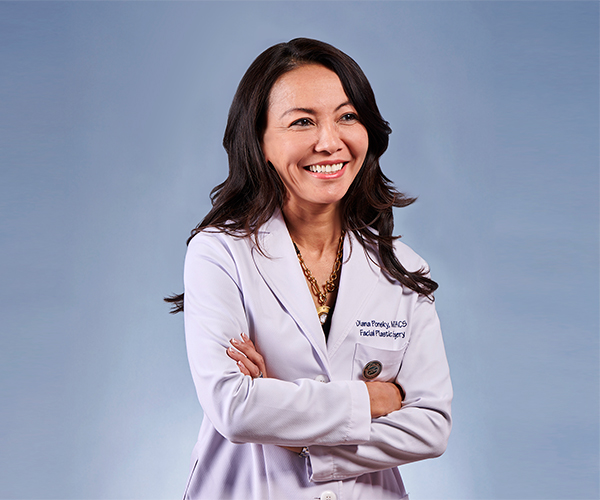Donna Williams was all but ready to give up. Confined to a wheelchair and on continuous oxygen, she’d lived with her progressive lung disease long enough.
Then, just after her daughter had left the house for the day, the phone call came about her new lungs.
“I feel like God just wasn’t ready for me yet,” Williams says.
Her daughter rushed back home. The family raced to the hospital, and when they arrived, Dr. Marie Budev, the assistant medical director of the Cleveland Clinic’s lung transplant program, was there to greet Williams.
“We were all there waiting,” Budev says. “The nurses were clapping; we were all so excited for her.”
Williams, now 58, had chronic obstructive pulmonary disease, or COPD, an illness that made it increasingly difficult for her to breathe.
Years of smoking had brought on chronic bronchitis and emphysema, then the necessity for a 24-hour oxygen tank and finally, shortness of breath so acute even the simplest daily tasks were out of the question.
“She used to come in a wheelchair,” Budev says. “When I met her for the first time, I’ll never forget, she was in a wheelchair with a black hat on, all scrunched up and bundled up.” She looked 10 to 20 years older than her age, Budev recalls.
The Clinic lung transplant program is one of the largest in the nation. In 2009, its doctors performed 157 transplants, more than any other hospital in the world. By challenging the standards that have existed in the field for decades, doctors here are often able to use lungs that other hospitals have rejected.
“What we realized with our experience [is] there are many donors out there that are excellent organ donors,” Budev says. “But it requires a lot of training of your organ procurement agency, [a company that helps recover and deliver organs]. I think in the end, it’s about being aggressive, going out there for organs.”
With so much expertise, Clinic doctors are able to take the most difficult cases. “Many of these patients have been told, ‘There is nothing else we can do for you. There are no further medications that will work. There are no other surgeries,’ ” Budev says. “What we try to do is provide hope. That’s a really unique position to be in.”
Less than half of all lung transplant patients make it to the five-year anniversary of their surgery due mostly to drug side effects and chronic lung rejection.
Budev’s department develops a close relationship with each patient as they monitor the success of the transplant over the years.
Williams, who recently celebrated her one-year anniversary, is off the oxygen tank and back to her pre-COPD self. Her kids say she’s too active, cooking, cleaning, running around the house.
“I maybe overdo it sometimes because I’m just so excited,” Williams says. “I want to do everything!”



